Faecal egg count
A faecal egg count remains the most effective tool for detecting parasite infections in the live animal. However, as a diagnosis tool it is not rock solid. With liver fluke, egg output can be low in infected animals and there will be limited egg output before the fluke completes its life cycle and starts producing eggs. By waiting six to eight weeks it increases the chance of getting positives for liver fluke but false negatives can still be common. In addition, infection with liver and rumen fluke will generally not be herd-wide. With worms, the sensitivity of the test reduces as time passes post-collection.
Where post-mortem analysis of other animals on a farm is not available, faecal egg count test results can be used to confirm suspicions where there are symptoms such as coughing, pneumonia cases, excessively dirty rumps/tails, poor appetite, rough coat, swollen jaw or poor animal weight gain.
While treating cattle at housing may provide acceptable control for liver fluke, if infestations are high, especially in animals that picked up new infestations before they were housed, further treatment may be required.
AHI recommends carrying out dung sampling approximately six to eight weeks after treating at housing to evaluate the efficacy of treatment for liver fluke. If a flukicide used at housing is only effective at treating older immature liver flukes or adult flukes then it is worth checking faecal samples approximately six to eight weeks after housing to see if any liver fluke eggs are present and to re-treat if necessary, according the AHI.
Farmers are advised by the Department not to treat animals needlessly with identification of rumen fluke eggs alone in faecal samples not enough reason to warrant treatment. Animals should also show tell-tale signs, such as scouring or poor performance, with advice sought from your vet about possible threats and treatment.
Taking a sample
“When taking a sample I would recommend pooling samples. For a group of animals less than 20 I would take five samples and pool them. If groups are between 20 and 50 cattle I would take two to three pooled samples and for over 50 animals I would be taking at least four pooled samples,” said veterinary surgeon Donal Lynch. “With rumen fluke you won’t get eggs in the dung until 12 weeks after they come in contact with the fluke. For that reason you can get a lot of false negative tests with fluke. That is why results from a faecal egg test should really be used in conjunction with factory reports, recent history of infestation on the farm and any faecal or blood tests that have been taken before.”
Where you are dealing with pens of animals take the pooled sample from that pen alone. “You should try and get a tablespoon from each animal which would give you a pooled sample of about 50g,” according to Donal. “Now is a good time to take samples but the results are not the be all and end all and I would be very wary of a negative result.”
If collecting samples from a penned animal, insert two fingers of a gloved hand into the back passage of the animal to encourage dunging.
Collect the sample of dung in the glove and then fold it back on itself, tie it like a balloon and insert the glove into a sealed plastic bag, as shown. Longer calving gloves are recommended where a pooled sample is collected. A plastic vial can also be used to collect dung samples.
It is also fine to collect fresh dung samples from the shed, provided they are indeed fresh. Once collected, samples must be submitted for analysis as soon as possible.
A maximum of 48 hours should pass between collection and analysis and samples should be kept in a fridge prior to testing, where possible. Your vet will organise the testing procedure itself and advise you on the results.
Post-mortem report
There are a number of ways to assess the parasite burden on animals. The gold standard is by veterinary inspection post-slaughter – admittedly too late for someone worried about a growing or finishing animal.
That said, comrades to these growing stock, that have been recently slaughtered can provide subtle clues as to efficacy of treatments or possible infections elsewhere in the herd.
Always study your Animal Health Ireland (AHI) HealthCheck report when slaughtering cattle. In smaller factories not providing the service, make it your business to see the vet on duty, or request to check the health of your animals’ lungs, livers and rumen. By keeping a record of these HealthChecks, a farmer can look back and identify common issues which may be prevalent throughout all groups of stock, or at certain times of the year. A programme can then be drawn up with your vet in a bid to reduce the occurrence.
The HealthCheck will score both liver health (scored between 1-5) and lung health (scored between 1-4).














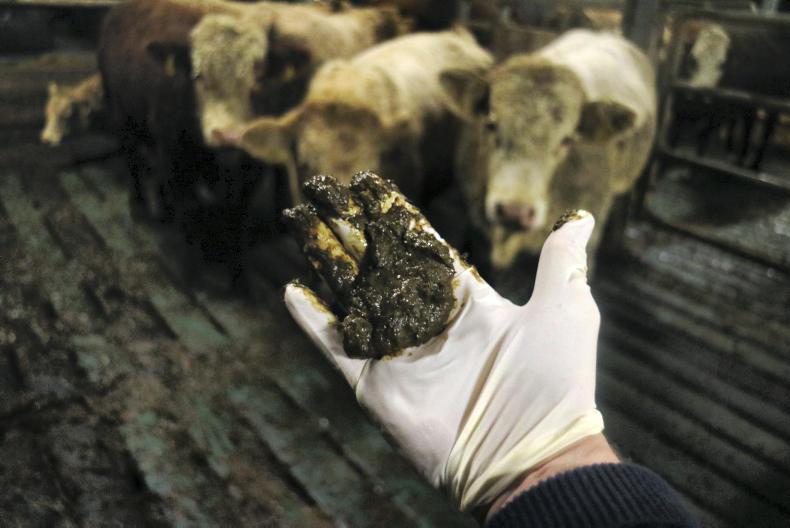
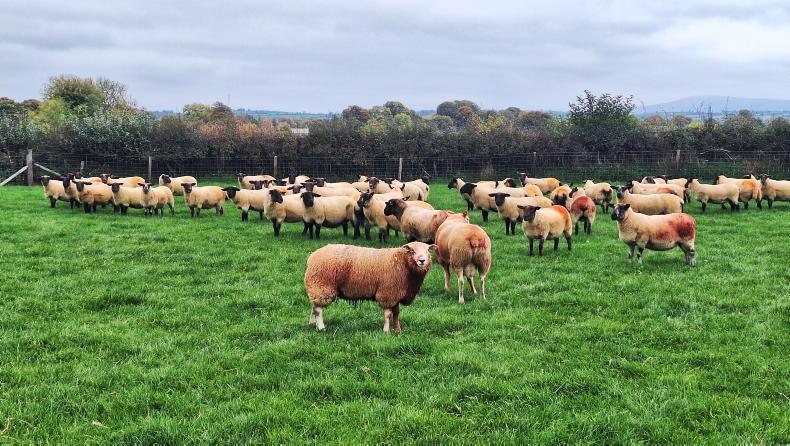

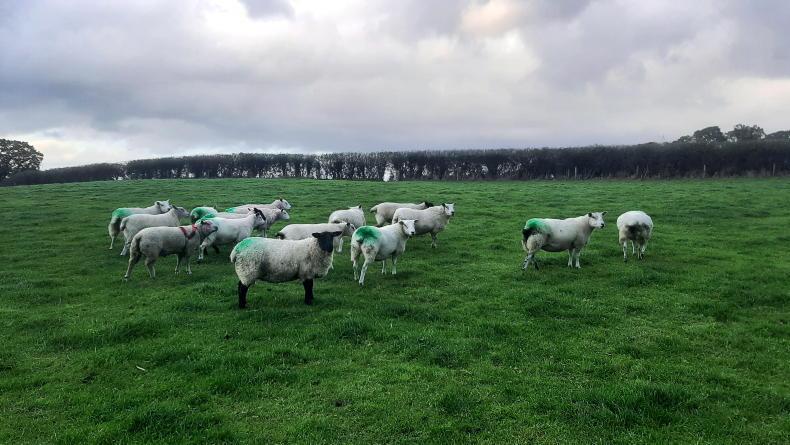
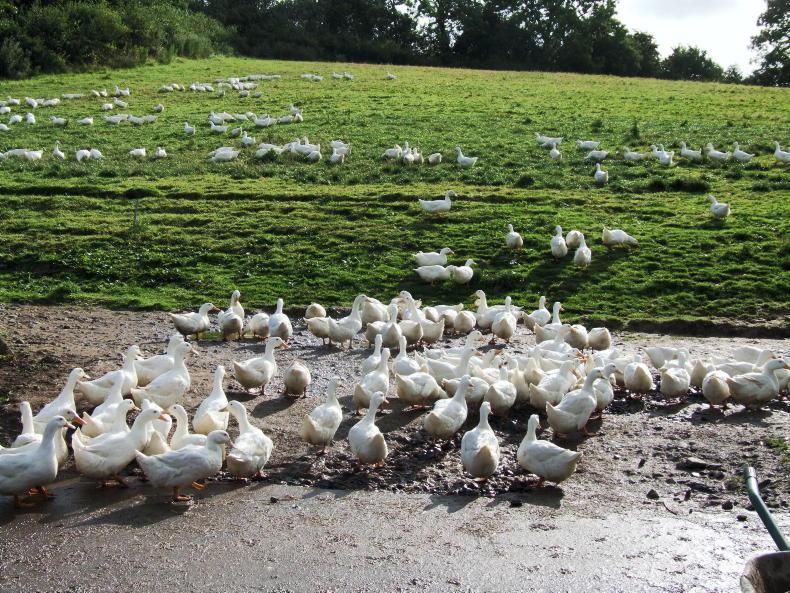
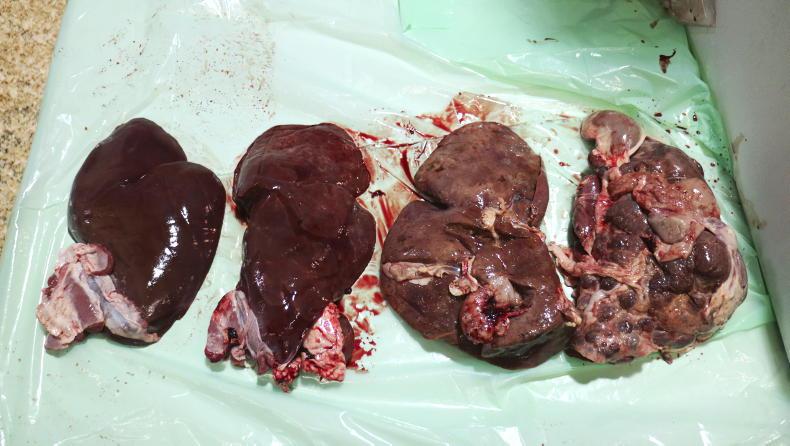
SHARING OPTIONS